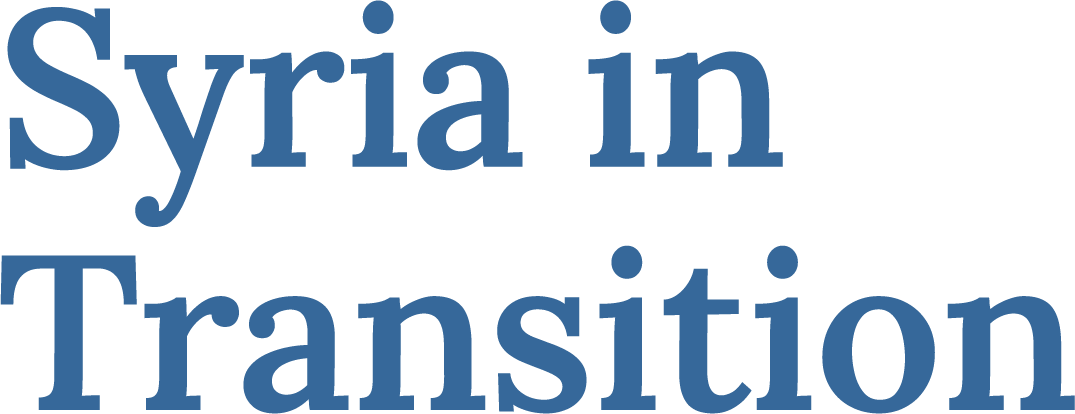In: Issue 11, April 2024
Upgrading aid and EU engagement in Syria
Exploring the Aid Fund for Northern Syria
The UN estimates that 16.7 million Syrians remain dependent on humanitarian assistance, and the Brussels VIII conference will be a litmus test for the flexibility and ingenuity of humanitarian actors. Major donors have already signalled funding cuts due to demands arising from Ukraine, Sudan and Gaza; and humanitarians are being urged to offer “more bang for the buck”-type solutions. In 2023 donors only covered about one-third of the budget that the UN had estimated as needed to meet the Syrian population’s basic needs that year. This was the lowest level of coverage of the Humanitarian Response Plan since 2011. The reality is that there is no end in sight to humanitarian needs in Syria because there is no end in sight to the civil war. Simply put, limiting engagement in a protracted conflict to the provision of life-saving humanitarian assistance means having to foot a recurring annual bill. This is the ‘Sisyphean task’ facing successive Brussels conferences.
An additional problem is that humanitarian aid delivery in Syria has long been afflicted by major problems that reduce its cost effectiveness.
To make a bad situation worse, the humanitarian situation in Syria is entwined with the politics of the conflict. Aid helps prevent further human misery and economic crisis that would enable even greater predation by the Assad regime and other de facto authorities; and it also keeps the door ajar for local reconciliation, which dampens the risk of future local and regional conflict that would cause greater outbound migration. If Syria fell off the international humanitarian agenda, it would likely disappear from the EU’s geopolitical radar too – until it returned with a vengeance. For all these reasons, reducing EU humanitarian involvement would be a grave mistake.
In an attempt to forestall such an eventuality, the Clingendael Institute and CMS produced a policy brief that addresses an audience of international humanitarian and Syria-oriented decision-makers by exploring the design and operations of the Aid Fund for Northern Syria (AFNS), a multi-donor pooled fund established by the UK’s FCDO in December 2022. AFNS design and operations have features that can help resolve long standing problems with the delivery of humanitarian aid in Syria, make it more (cost) effective and enable continued EU humanitarian involvement despite shrinking aid budgets. As a bonus, the AFNS’ greater focus on early recovery can contribute to creating a ‘safe, calm and neutral environment’ (SCNE) – an innovative approach to local conflict management that can help stabilise northern Syria in the socioeconomic sense. In other words, the AFNS might offer a pathway for more cost-effective delivery of humanitarian aid and act as a vehicle for geopolitical involvement that ultimately aims to implement UNSCR 2254.
“How the Aid Fund for Northern Syria can upgrade humanitarian aid and EU geopolitical engagement” is a policy brief produced by the Clingendael Institute and CMS, published on 29 April 2024. To read the full publication, click here.
